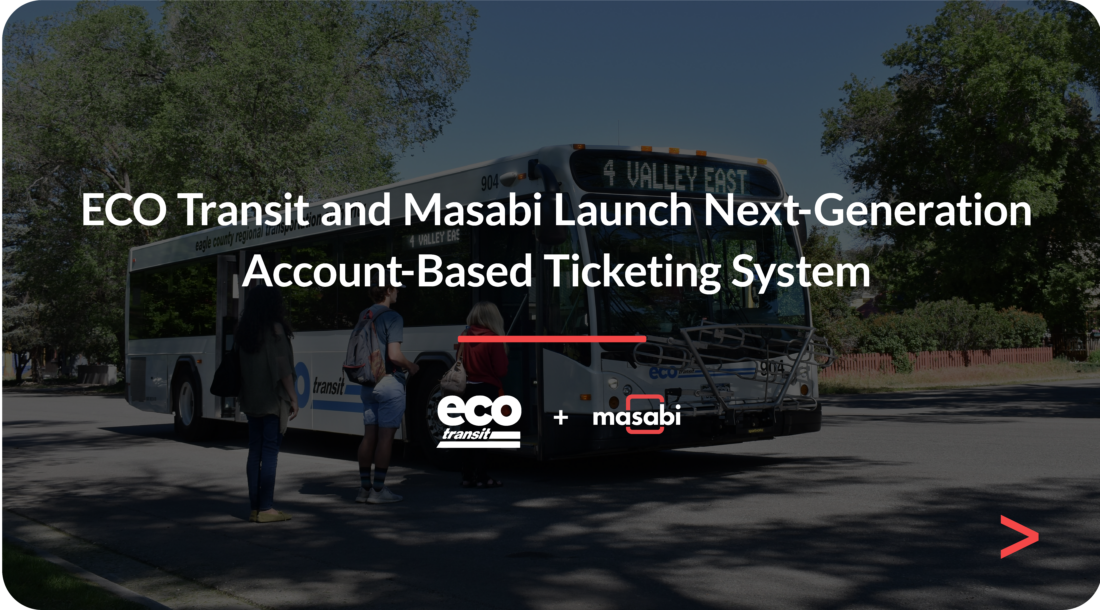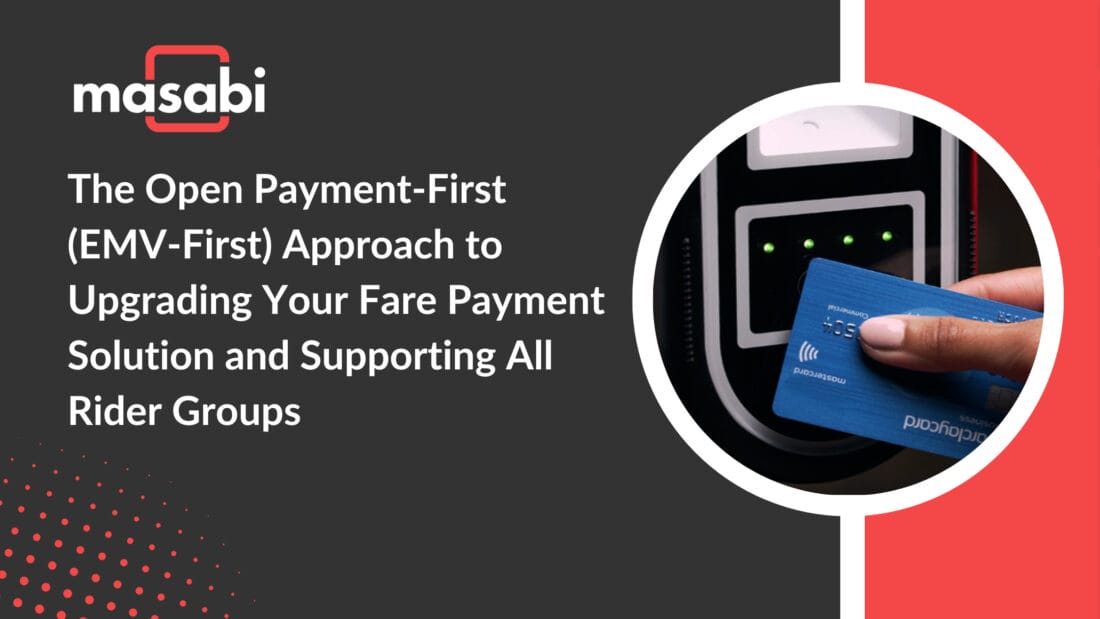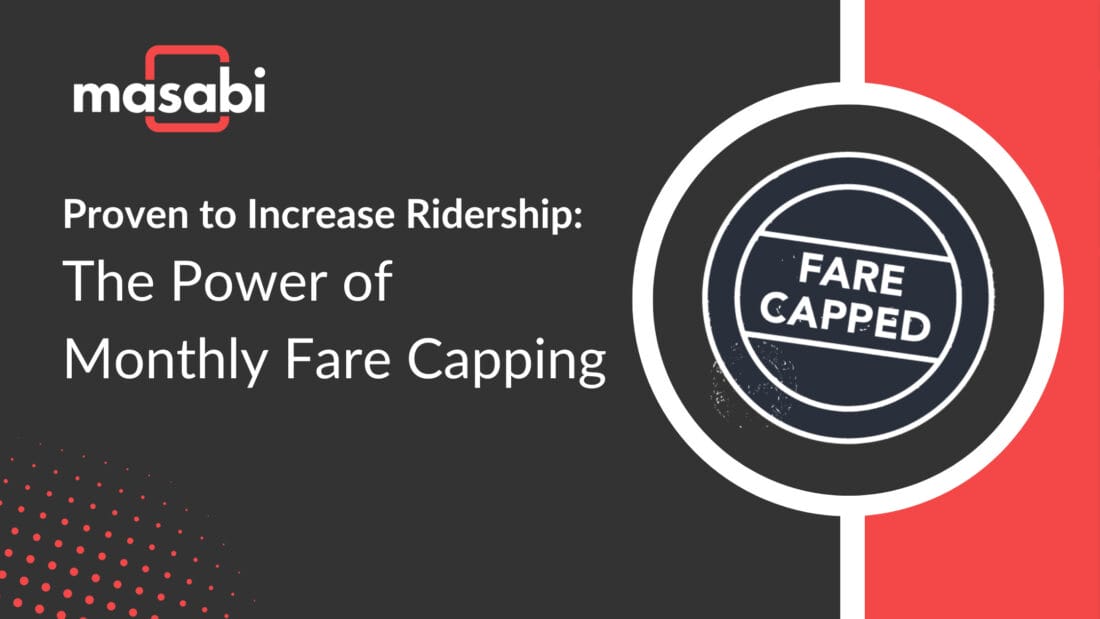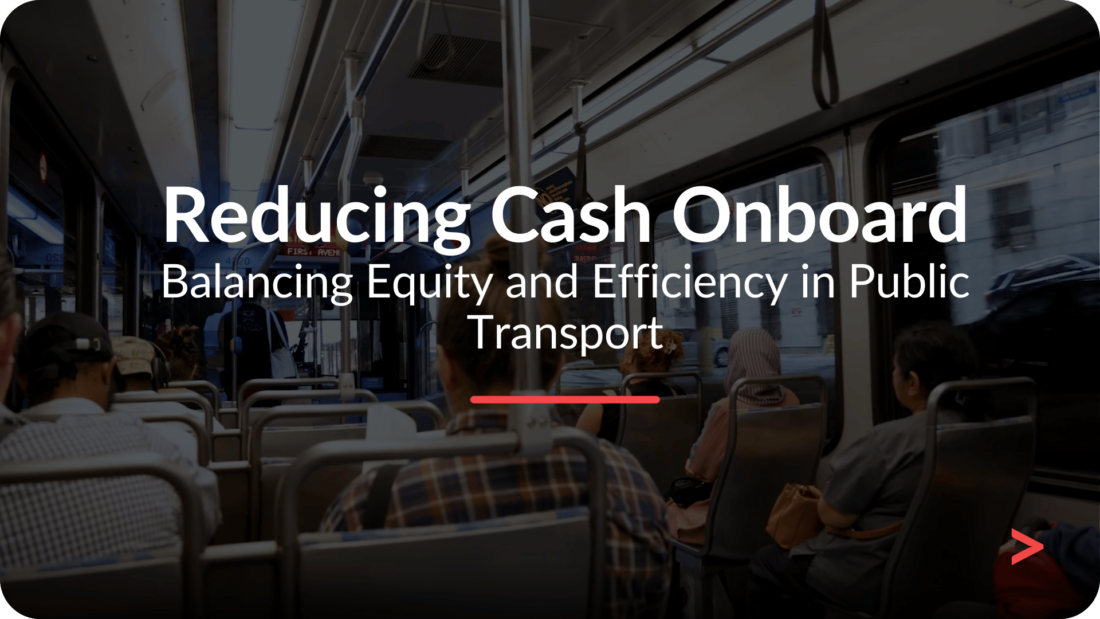
Reducing Cash Onboard: Balancing Equity and Efficiency in Public Transport
Cash has been a staple of fare payments in public transit for decades. We’ve all seen the long lines at the bus door as someone fishes for exact change or the scramble to buy something unnecessary just to get coins for the farebox.
As transit agencies and transport operators consider going cashless onboard, it’s essential to balance the efficiency gains with equity concerns, ensuring that no one is left behind in the transition. Fortunately, successful examples from agencies around the world offer a playbook for making this shift while maintaining fairness.
The Case for Reducing Cash Onboard
Why go cashless onboard?
The answer is simple: efficiency.
Removing cash transactions can significantly reduce delays at boarding, which helps buses stay on schedule and improves the overall rider experience. For example, in cities like London and places like Dayton Ohio, moving to off-board payments has decreased dwell times, allowing buses to move faster and more reliably, especially on high-frequency routes.
Additionally, eliminating cash onboard helps agencies and operators reduce the costs associated with handling physical money, including farebox maintenance, cash collection, and security risks. For agencies and operators where theft or fare disputes are a concern, cashless systems offer a more secure environment for both operators and riders.
Yet, despite these advantages, cash remains, and will remain, an important payment method for many riders, particularly those who are unbanked or underbanked, meaning they lack access to traditional banking services or cannot rely on them for everyday transactions.
The Equity Challenge
One of the most significant concerns in going cashless is its potential impact on riders who rely on cash. According to a 2019 Federal Deposit Insurance Corporation (FDIC) study, about 5.4% of U.S. households are unbanked, with higher rates among low-income, minority, and disabled communities. This presents a clear equity issue, as eliminating cash payments onboard could disproportionately affect these groups.
Furthermore, temporarily cash-reliant riders—those who generally use digital fare options but may not have funds or access to reload their fare cards—could also face barriers without cash onboard options. There’s also a portion of the population that remains skeptical of digital payments or prefers the anonymity of cash transactions.
The Playbook for Going Cashless—Without Compromising Equity
As transit agencies and transport operators across North America and Europe have shown, going cashless doesn’t have to exclude anyone. By following a set of proven strategies, agencies can reduce cash onboard while maintaining access for all riders:
1. Implement Off-Board Cash Payment Solutions
The first step in ensuring equity is providing riders with ample opportunities to load cash onto digital fare accounts before they board. This can be done through:
- Retail networks: Partner with local stores, pharmacies, or community centers to offer cash-to-card services. Riders can load value onto their fare accounts at these locations.
- Ticket vending machines (TVMs): Strategically place TVMs at transit hubs and popular stops where riders can load value using cash.
- Mobile and pop-up events: Consider hosting community events where roving staff help riders set up accounts and add value using cash, ensuring wide access to get started.
These methods help transition riders away from onboard cash payments while keeping cash as an option.
2. Leverage Account-Based Ticketing (ABT) Systems
With Account-Based Ticketing (ABT), riders use a digital account to pay for travel, and the back-office system automatically calculates the best fare based on usage. ABT systems not only make it easier to manage fare capping (where riders don’t pay more than the cost of a daily, weekly, or monthly pass) but also accommodate multiple forms of payment, including contactless cards and mobile wallets.
Riders without smartphones can use smart cards to access the same benefits, while those who are temporarily cash-reliant can reload at retail or TVM locations before boarding. ABT systems are key for enhancing convenience and fare equity.
3. Expand Education and Outreach
A crucial part of any transition is rider education. Agencies like Greater Dayton RTA successfully phased out onboard cash by rolling out extensive rider communication campaigns. They emphasized the savings and convenience of fare capping and made sure that riders understood how and where to reload their fare accounts.
It’s essential to partner with local community organizations, advocacy groups, and even retailers to spread the word, especially among vulnerable populations.
4. Offer Lifeline and Emergency Fare Solutions
Even in a cashless system, there may be scenarios where riders need to board without preloading their accounts. For these cases, agencies can offer “lifeline” solutions, such as:
- Allowing a negative balance on fare accounts for one final trip, with the expectation that the rider will reload later.
- Implementing emergency payment policies, where operators can offer a one-time free ride to a transit center or location with TVMs.
This ensures that no rider is left stranded due to a lack of cash or unexpected circumstances.
5. Consider Long-Term Equity Programs
Looking beyond immediate solutions, transit agencies can introduce or expand income-qualified reduced fare programs. These programs offer discounted or free fares to low-income riders, further reducing the need for cash while ensuring equitable access. Additionally, exploring collaborations with public agencies to help bank the unbanked can create long-term solutions to financial inclusion issues.
Conclusion: A Smooth, Equitable Transition to Cashless
Reducing cash onboard doesn’t have to mean reducing access. By following these strategies and taking a thoughtful, phased approach, agencies can enjoy the operational and cost-saving benefits of going cashless while continuing to serve all riders equitably.
At Masabi, we’ve seen how fare technology, like our Justride platform, can enable seamless transitions to digital fare payments with equity at the core. Whether it’s through ABT systems, off-board payment solutions, or comprehensive rider outreach programs, we’re here to help agencies make this change in a way that benefits both transit operators and riders.
Ready to take the next step toward a cashless future? Let’s work together to create a more efficient, equitable transit system.
Explore how Masabi can help your agency go cashless onboard while ensuring equity. Get in contact with us and we can guide you through the process.
If you would like more information on how to smooth the transition to a cashless onboard transport experience then you can download our white paper…
Reducing Cash Onboard Public Transit: Balancing Equity and Efficiency
Discover the Future of Fare Collection with our in-depth white paper, “Reducing Cash Onboard Public Transit: Balancing Equity and Efficiency.” In this must-read report, you’ll explore how transit agencies across the U.S. are successfully transitioning to cashless systems—while ensuring that no rider is left behind. Learn how innovations like Account-Based Ticketing (ABT) and fare capping are revolutionizing fare collection, speeding up boarding, and cutting costs, all while maintaining access for unbanked and underbanked riders.
- Find out how reducing cash payments onboard decreases delays and boosts operational efficiency.
- Discover how transit agencies are saving money by minimizing cash handling and farebox maintenance.
- Learn how agencies can serve unbanked, underbanked, and cash-reliant riders without compromising on a fair and equitable system.
What You’ll Learn:
- Explore success stories from cities like Greater Dayton RTA, which implemented cashless solutions while enhancing equity.
- Understand how to reduce cash onboard without leaving behind vulnerable riders, from off-board cash loading options to fare incentives.

